The Stepped Frequency Microwave Radiometer (SFMR) is a passive airborne C-band radiometer developed by ProSensing Inc. It measures brightness temperature across six frequency bands from 4.6 to 7.2 GHz. These measurements can be used to estimate rain rates and surface winds. SFMR is primarily employed for research missions involving hurricanes and tropical storms, notably by NOAA’s Hurricane Research Division (HRD). It has a spatial resolution of approximately 1.5 km and a temporal resolution of roughly 4 seconds.
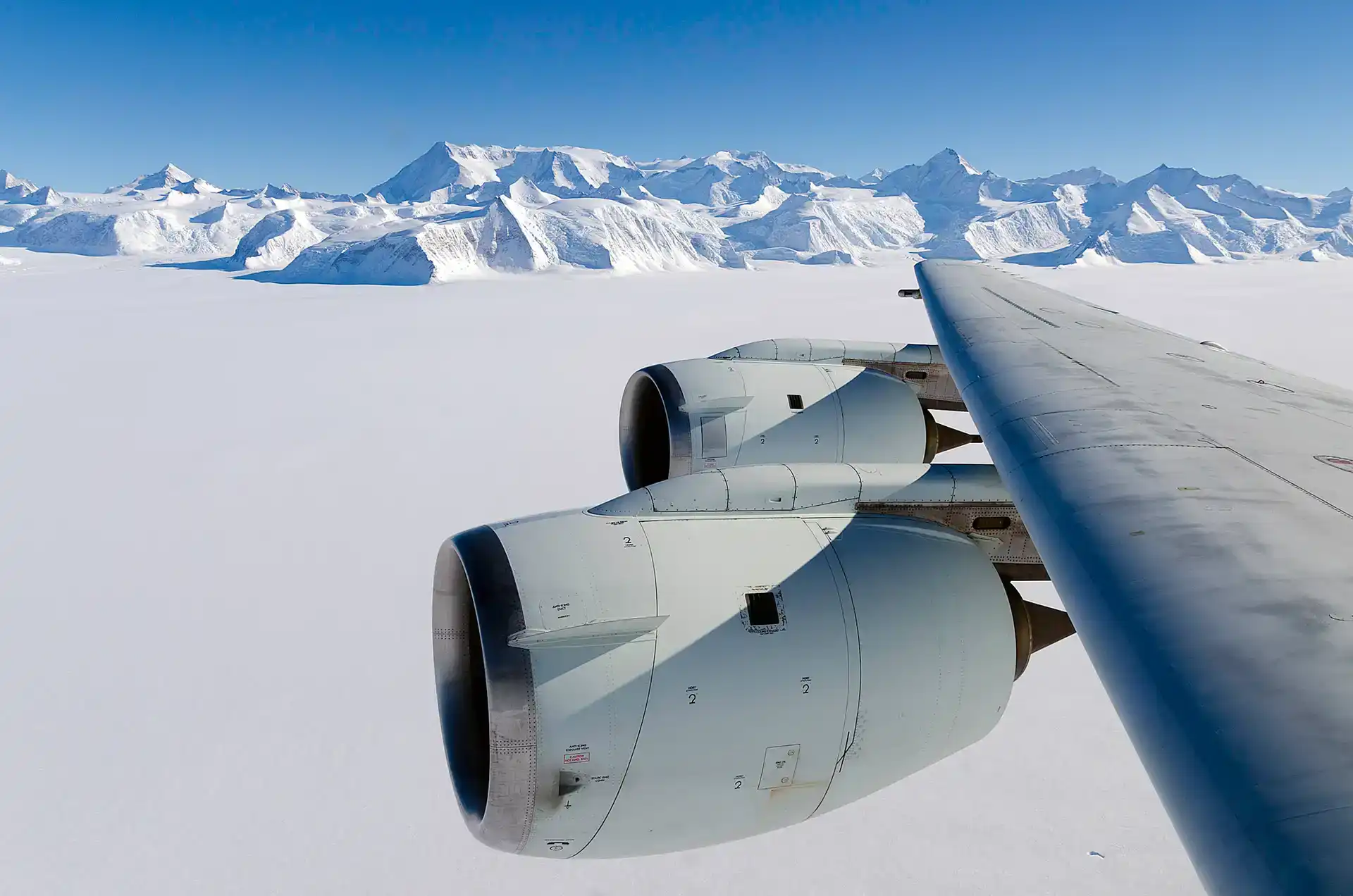
Instrument Details
- Spectrometer/Radiometer
- Earth Science > Spectral/engineering > Microwave > Brightness TemperatureEarth Science > Atmosphere > Atmospheric Winds > Surface Winds > Wind SpeedEarth Science > Atmosphere > Precipitation > Precipitation Rate
- Land Surface, Troposphere
- 4 s
- 1.5 km
- 4.6-7.2 GHz
- https://doi.org/10.3390/rs11030214
Eric Uhlhorn
Eric Uhlhorn
ProSensing Inc.
Currently unavailable
Currently unavailable
data center outside NASA
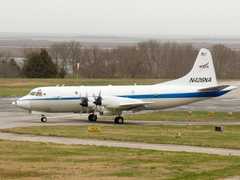 P-3 Orion 29 Campaigns · 149 Instruments | 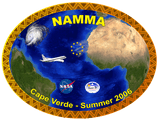 NASA African Monsoon Multidisciplinary Analyses 2006 Cape Verde Islands, Atlantic Ocean 1 Deployment · 22 Data Products
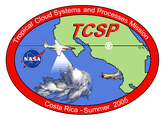 Tropical Cloud Systems and Processes 2005 Costa Rica, Caribbean, Gulf of Mexico, eastern North Pacific 1 Deployment · 14 Data Products
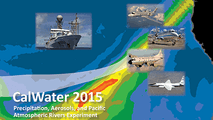 CalWater 2015 California, Sierra Nevada Range 1 Deployment · 0 Data Products
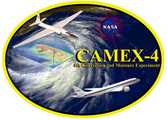 Convection and Moisture Experiment 1993—2001 US Atlantic coast, Gulf of Mexico, Caribbean 4 Deployments · 70 Data Products
ATOMIC Atlantic Tradewind Ocean-Atmosphere Mesoscale Interaction Campaign 2020 Tropical North Atlantic east of Barbados 1 Deployment · 1 Data Product
|